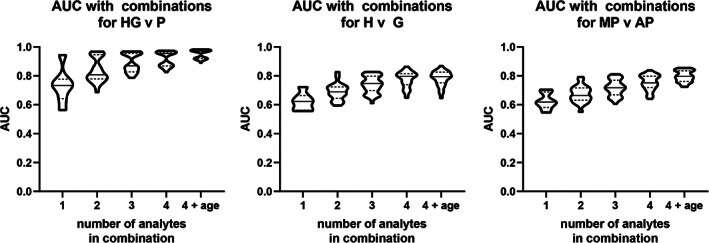New device for early detection of gum disease

Researchers from the University of Birmingham are developing a rapid test for gum disease, and they expect the technology—a probe for use in point of care settings such as dental surgeries or pharmacies—to play a pivotal role in early detection of heart or lung disease, type 2 diabetes and rheumatoid arthritis.
Gum (periodontal) disease is caused by infection in the gums and is the leading cause of tooth loss. It gets more common with age, and 50% of 60-year-olds will have periodontal disease in at least a mild form.
However, untreated gum disease also has wide-ranging and serious effects on the rest of the body, where it correlates with an inflammatory response that affects the course of disease in other conditions.
In type 2 diabetes, it increases the risk of heart failure, in cardiovascular disease it increases the risk of stroke or heart failure, in rheumatoid arthritis it increases the severity of disease, and in emphysema (also known as chronic obstructive pulmonary disease or COPD), it increases the risk of irreversible step-changes in disease severity.
For people with these conditions, early detection and treatment of gum disease is a priority.
Gum disease is usually identified in the dentist's chair, when dental hygienists or dentists look for indicators such as tooth movement, sensitivity, gum bleeding or swelling.
Professor Tim Albrecht from the University's School of Chemistry and Dr. Melissa Grant from the School of Dentistry devised a new technique that could provide a rapid and accurate assessment of both the presence and extent of gum disease from a sample of saliva that can be taken in any healthcare setting.
Their method consists of a specialized probe and a detector that provides a quantitative measurement of biomarkers that indicate both the presence of gum disease and its severity. The biomarker panel was identified and validated by a team of researchers at the university's Periodontal Research Group and published earlier this year in the Journal of Clinical Periodontology.
Professor Albrecht says that they "believe the device we are prototyping will be the first dental probe that can identify periodontal disease in this way. It will detect periodontitis quickly and easily in a variety of healthcare settings, opening up opportunities for monitoring and early intervention in the patients with comorbid disease, who would benefit most from rapid treatment for periodontitis."
Dr. Grant says that "the ability to detect and profile disease biomarkers in real time will allow monitoring for disease severity, and in particular the transition between milder and more severe forms of gum disease. This will benefit not only dental health, but also reduce costs and capture patients for whom periodontal treatment may, in the long run, be life-saving."
In the long-term, they expect to develop a probe that is small enough to be inserted into the space between gums and teeth, allowing dentists to collect fluid from specific areas in the mouth, and accurately identify the site of infection.
More information: Melissa M. Grant et al, Discovery, validation, and diagnostic ability of multiple protein‐based biomarkers in saliva and gingival crevicular fluid to distinguish between health and periodontal diseases, Journal of Clinical Periodontology (2022). DOI: 10.1111/jcpe.13630



















